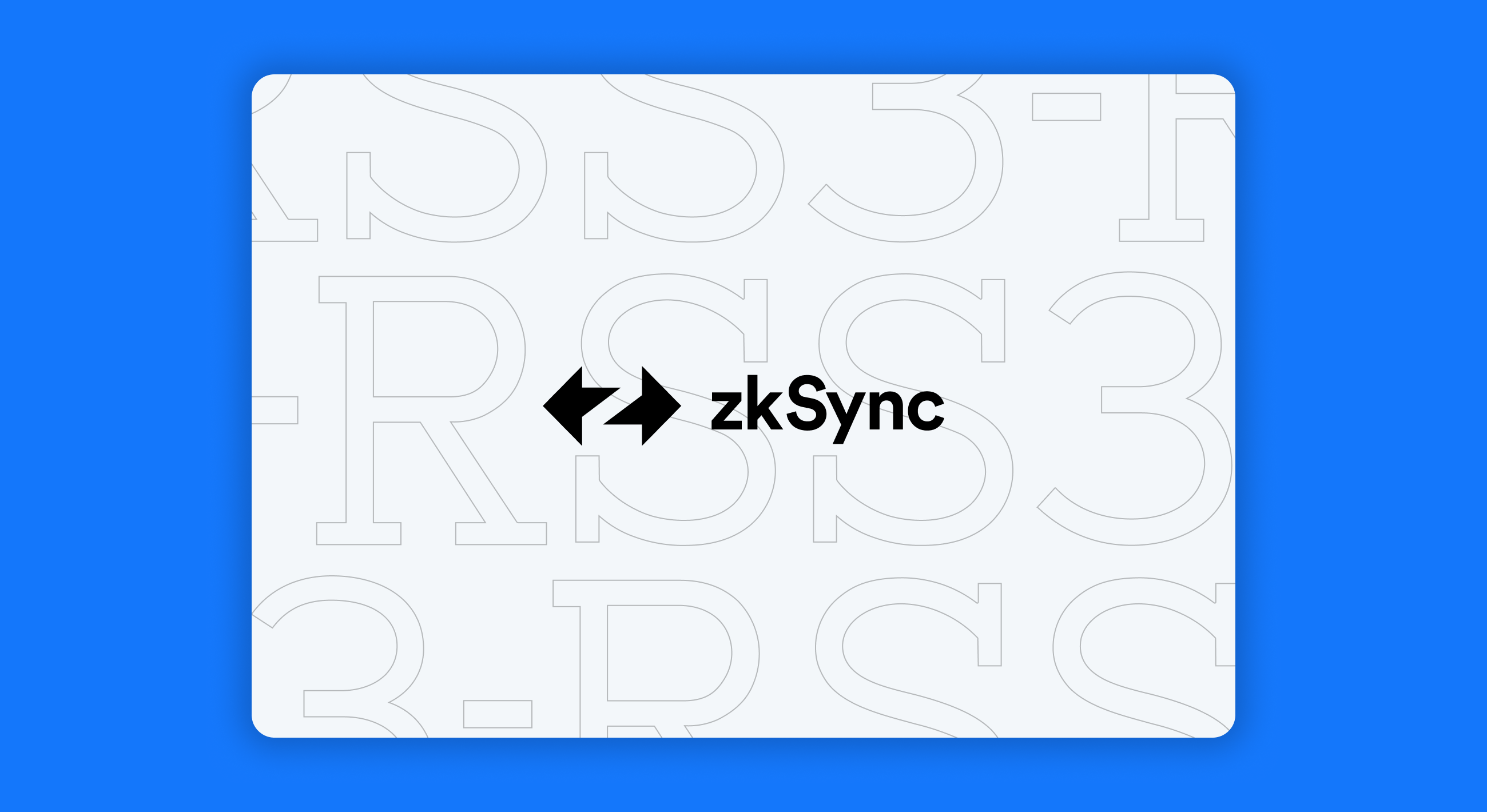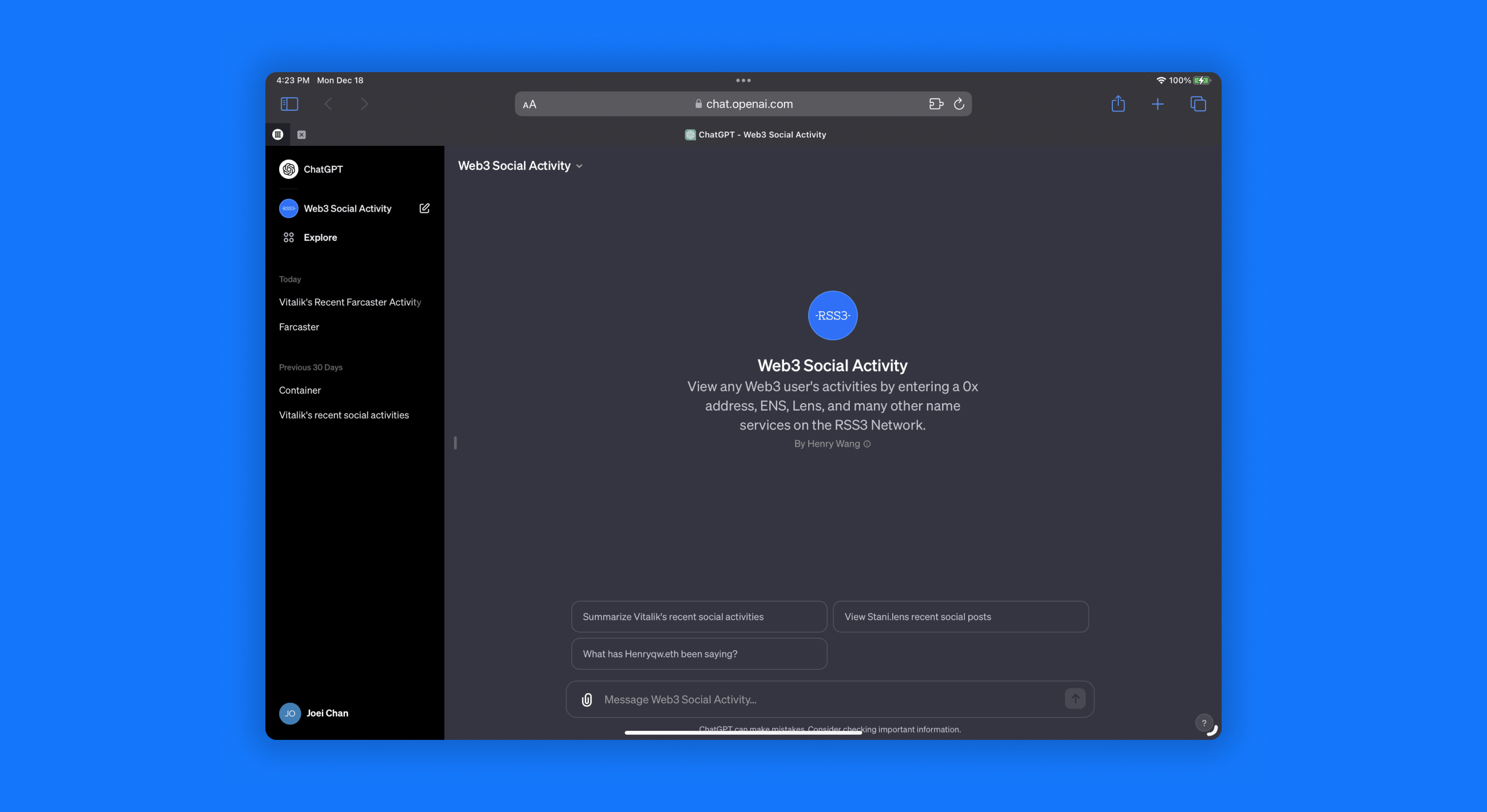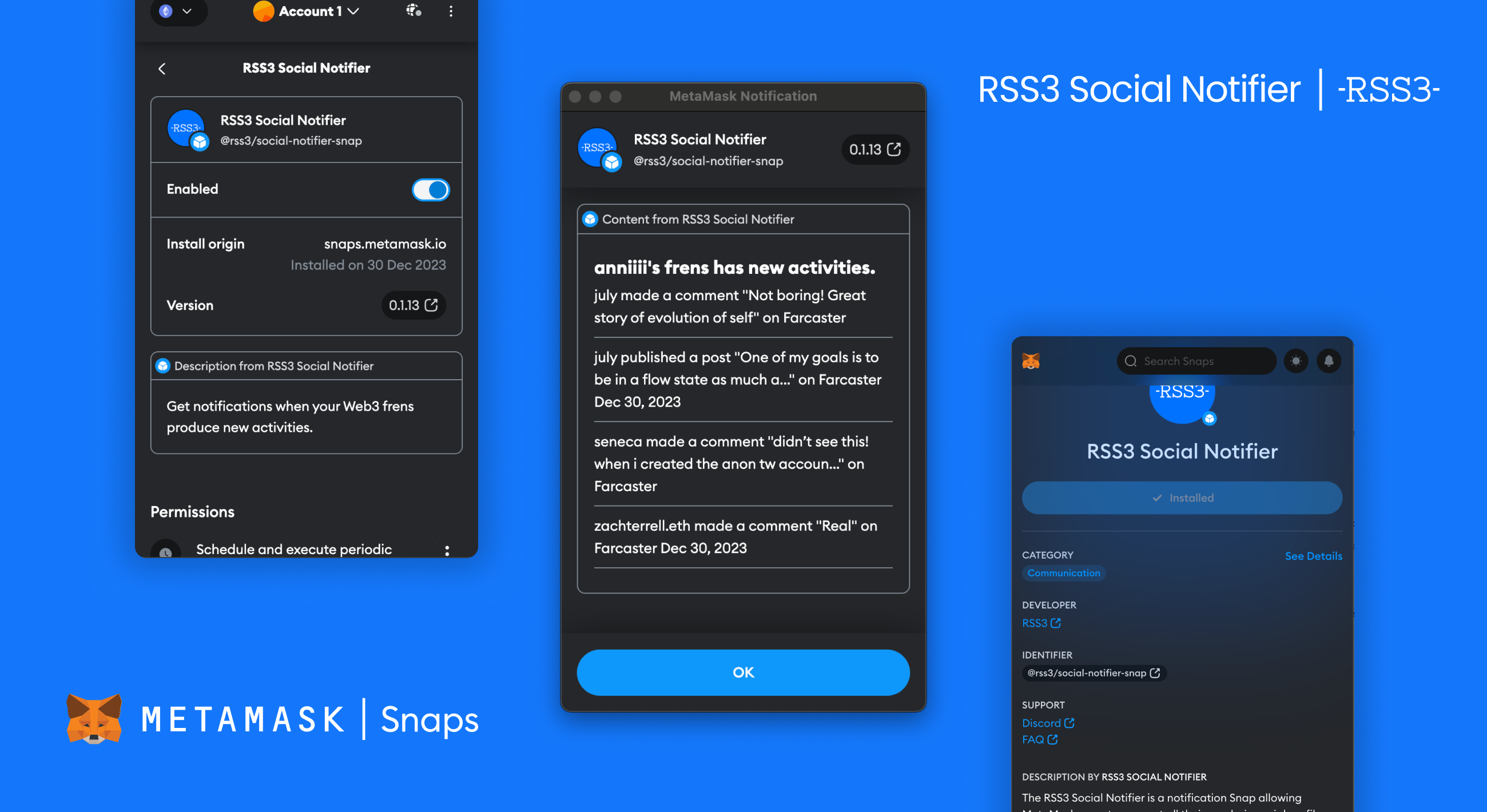About zkSync
zkSync stands as a Layer-2 protocol, amplifying Ethereum using state-of-the-art ZK technology. It doesn't just aim to boost Ethereum's throughput but is committed to preserving its core tenets – freedom, self-sovereignty, and decentralization – even when scaling to new heights. With hyper scalability, unmatched security, and a user-centric design, zkSync is poised to redefine the Ethereum experience.
TL;DR
RSS3 Network fully supports zkSync, a leading Ethereum L2 solution. With RSS3, developers can now easily access unified, human-readable on-chain data from zkSync. This integration simplifies data retrieval, promotes dApp interoperability, and accelerates the development and expansion of zkSync-based applications.
Empowering zkSync Developers with RSS3's Data Solutions
Situation
zkSync, a trailblazing Ethereum L2 solution, was conceived to offer a fortified, economical, and developer-centric environment to usher a vast audience into Ethereum. As zkSync ascended as a pivotal nexus for decentralized applications, an imperative need arose to adeptly navigate, procure, and decipher on-chain data across its diverse dApps, catering to both developers and the expansive community.
Challenges
- Data Accessibility: The rise of zkSync's ecosystem led to an influx of on-chain data and dApp specifics. Facilitating immediate access to this data emerged as paramount for developers, users, and assorted initiatives.
- Interoperability Among dApps: While zkSync's innovative architecture facilitates the seamless initiation of existing dApps, ensuring fluid communication between different dApps posed challenges for developers, especially when aiming to retrieve on-chain data and correlated metadata from disparate dApps.
- Data Interpretability: Raw on-chain entries, like NFT #82123, frequently seemed nebulous. Developers striving for lucid user interfaces found themselves investing significant efforts to elucidate this unrefined zkSync data.
Solution: RSS3 Search
- Consolidated Data Portal: RSS3's prowess in transmuting raw on-chain entries into a human-readable format offers zkSync developers an integrated portal to all its data, spanning both on-chain transactions and off-chain annotations. This modus operandi refines the developmental trajectory and diminishes complex data processing.
- Effective Integration: RSS3's architecture emphasizes effortless integration, empowering developers to harness processed zkSync on-chain data devoid of intricate configurations or dependence on diverse data conduits.
- Detailed & User-Friendly Insights: RSS3's structured data not only guarantees rapid on-chain data access but also proffers comprehensive and user-friendly on-chain elucidations, a significant asset for developers envisioning user-aligned zkSync applications.
Outcomes
- Optimized Data Integration: The development process is streamlined, enabling developers to seamlessly embed zkSync insights into their projects, elevating the developmental workflow and user engagement.
- Promoted Collaborative Ecosystem: RSS3's methodology accentuated the essence of synergy in the decentralized realm, spotlighting the prospects of a genuinely collaborative ecosystem for zkSync's dApps.
- Enhanced Analytical Capabilities: By leveraging the refined on-chain zkSync insights offered by RSS3, both users and developers can instantaneously extract pivotal information, enriching and expediting their zkSync journey.
RSS3's endorsement augments zkSync's inherent competencies, bolstering its efficacy, user orientation, and cross-dApp collaboration. This advantages developers and propels zkSync's outreach within the expansive blockchain domain.


